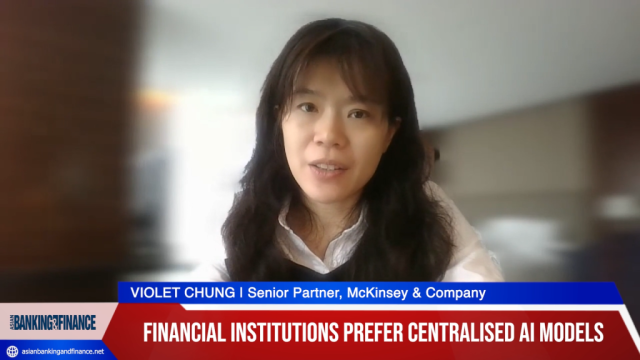Agility: The new competitive edge
By Leong Kok Keong & David WallerThe impact of the last financial crisis continues to have a profound effect on the revenue streams, cost structures and profitability of the asset management industry.
Tough challenges still face asset managers on multiple fronts. For instance, trust needs to be rebuilt with clients who may have suffered heavy losses. Both institutional and retail clients are becoming more demanding on products, service and transparency. Many are also questioning the fee structures and fee levels in relation to recent performance.
Against this backdrop, regulation is reshaping a finance industry landscape marked by market volatility and intense competitive dynamic which is expected to continue in the near term.
These concerns form the basis of a soon to be launched KPMG report titled The Agile Asset Manager.
Outlining how agility can play a crucial role in helping asset managers deal with competition, it is based on interviews with 37 C-level executives at leading asset managers operating in Europe. Although the interviews were with executives based in Asia, many of the concerns they raised are equally relevant for asset managers based in Singapore and those operating in the rest of Asia.
A new reality
In the coming years, a new, dynamic competitive reality will emerge as the asset management industry rebuilds itself. Increasingly, CEOs will focus on a wider range of strategic challenges, most notably on improving margins and returns on investment.
Key to these efforts will be agility. That is, remaining agile not only to deal with these challenges and opportunities irrespective of the asset manager’s ownership model, size or complexity but also to outmanoeuvre and outperform less agile competitors.
The ability of asset managers in Singapore and the rest of the region to remain agile in their operations will stand them in good stead to take advantage of the economic growth widely expected in the Asia-Pacific region this decade.
Agility is therefore a critical competence to develop. The report suggests that:
• Agile asset management organisations are more likely to outmanoeuvre and outperform less agile competitors. They are also more likely to remain relevant to clients and grow profitably.
• Agility will be a critically important competence to possess in managing the continuing fall-out from the financial crisis, combined with the significant market opportunities ahead this creates.
• The CEO and top management team have pivotal roles to play in creating, deploying and cascading agility down through the business for the benefit of clients and the organisation.
• The primary sources and drivers of organisational agility include the quality of company leadership, its people and culture, core business processes, operational infrastructure and technology, organisational structures, governance and risk controls as well as measures and incentives.
• A universal model for agility is impractical and improbable. Asset managers need to blend the sources and deploy them in a manner that supports their strategic and financial objectives. They need to develop targeted implementation blueprints to support their company’s strategic and financial objectives.
• The asset manager’s operating model is the primary driver behind a company’s agility in responding to clients, products and markets. Sources for agility should however not be considered in isolation. For example, the full benefit of a change to a core business process, such as client servicing and reporting can only be realised if the operations and IT environment are aligned.
• Agility can be stored, often at low cost. The CEO and top management team can decide when and how to deploy it to best effect. For example, creating fast track new product development processes with short decision making lines and temporary governance structures “stores” agility. Short term measures and incentives can then be used to change behaviours radically if required.
The focus of asset managers over the next few years will surround reshaping, refocusing and restructuring of business, operating and management models.
We believe that agility has a critical role in supporting an asset manager’s strategic and financial agenda. While many will look towards improving their agility, the winners will commit themselves to embracing a more structured approach for its deployment.
Company leadership and the primary elements of the operating model will be pivotal in making agility a core component of both the strategy and culture. If you are an asset manager, you too may find it helpful to start reflecting upon just how agile your organisation is today, and how agile it will need to be to succeed in the years ahead.























 Advertise
Advertise










